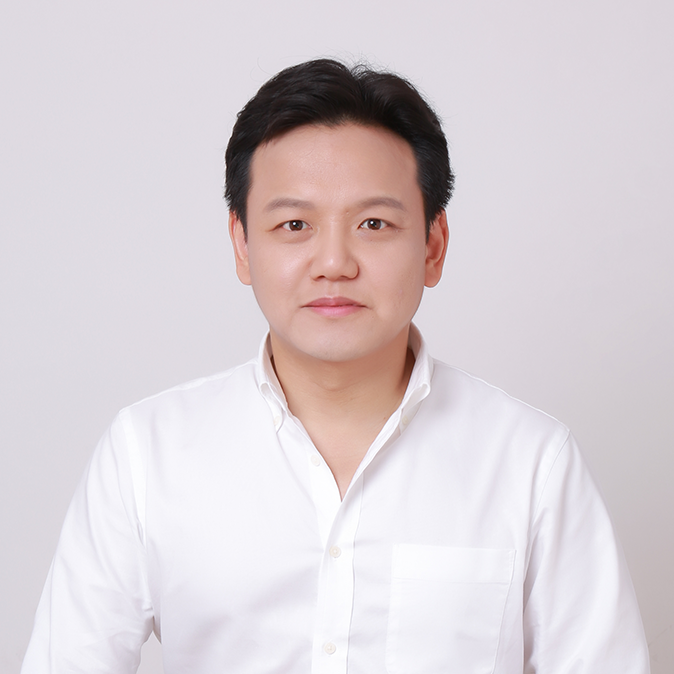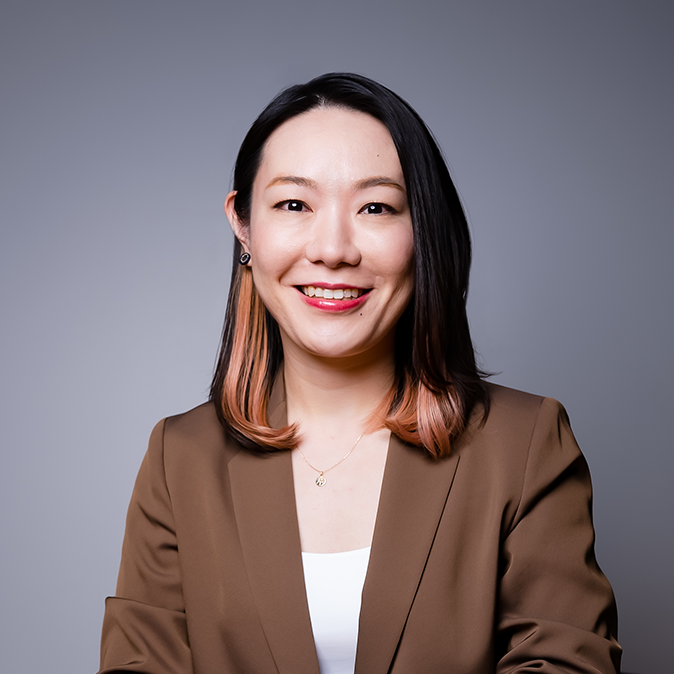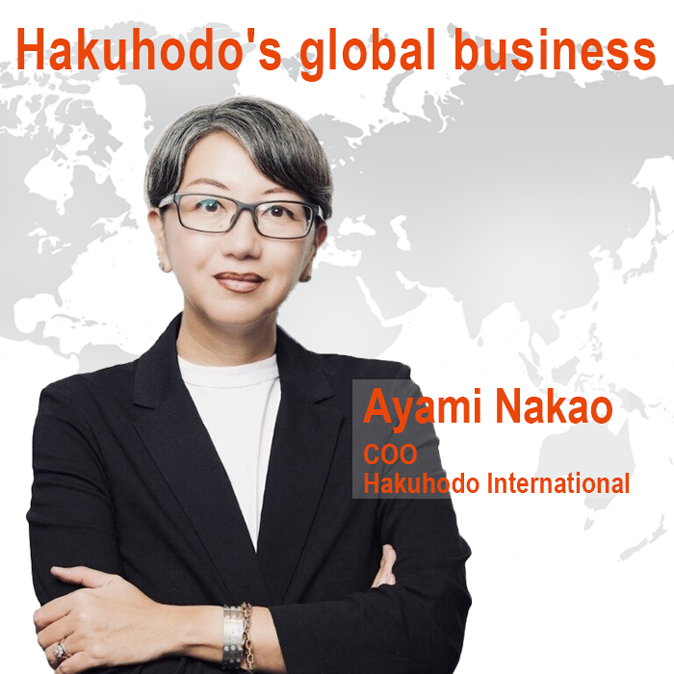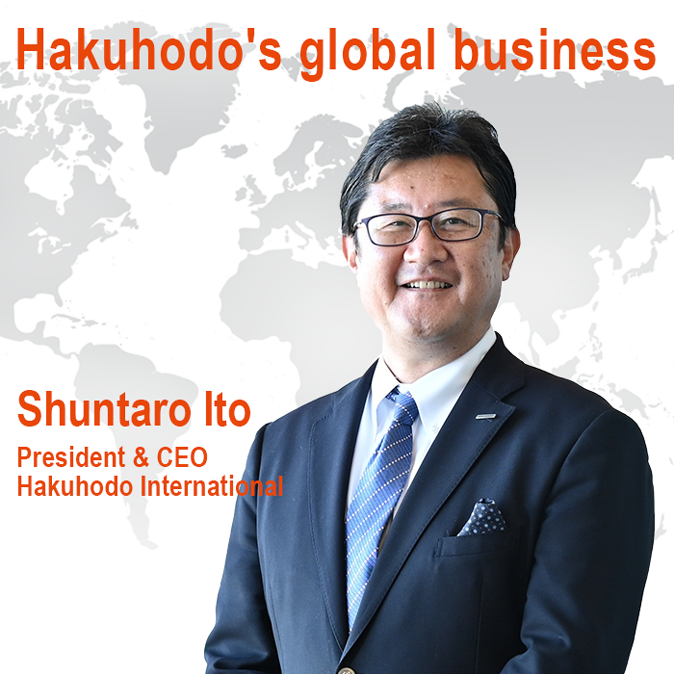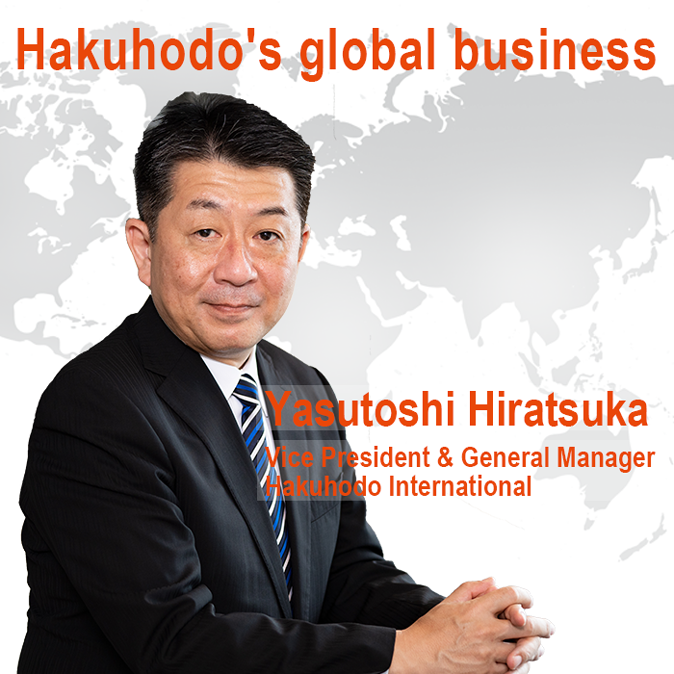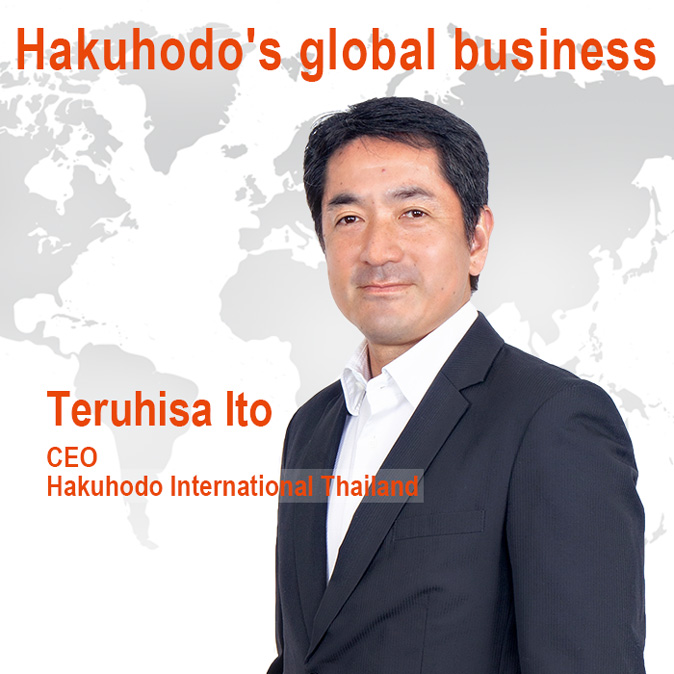- Viewpoints

In an increasingly borderless world, Hakuhodo is strengthening its overseas operations and enhancing its ability to respond to clients around the globe. Currently Hakuhodo has more than 105 overseas offices in 19 countries and regions. Moreover, Hakuhodo was ranked as the world’s third largest advertising agency according to Ad Age’s Agency Report 2020.
In the eighth installment in this series we speak with Ming Zhong, General Manager of Hakuhodo Institute of Life and Living Shanghai (HILL Shanghai), and Yuko Ito, Managing Director of Hakuhodo Institute of Life and Living ASEAN (HILL ASEAN). They update us on developments in the Hakuhodo Group’s sei-katsu-sha research in China and ASEAN, along with the latest trends in local client business.
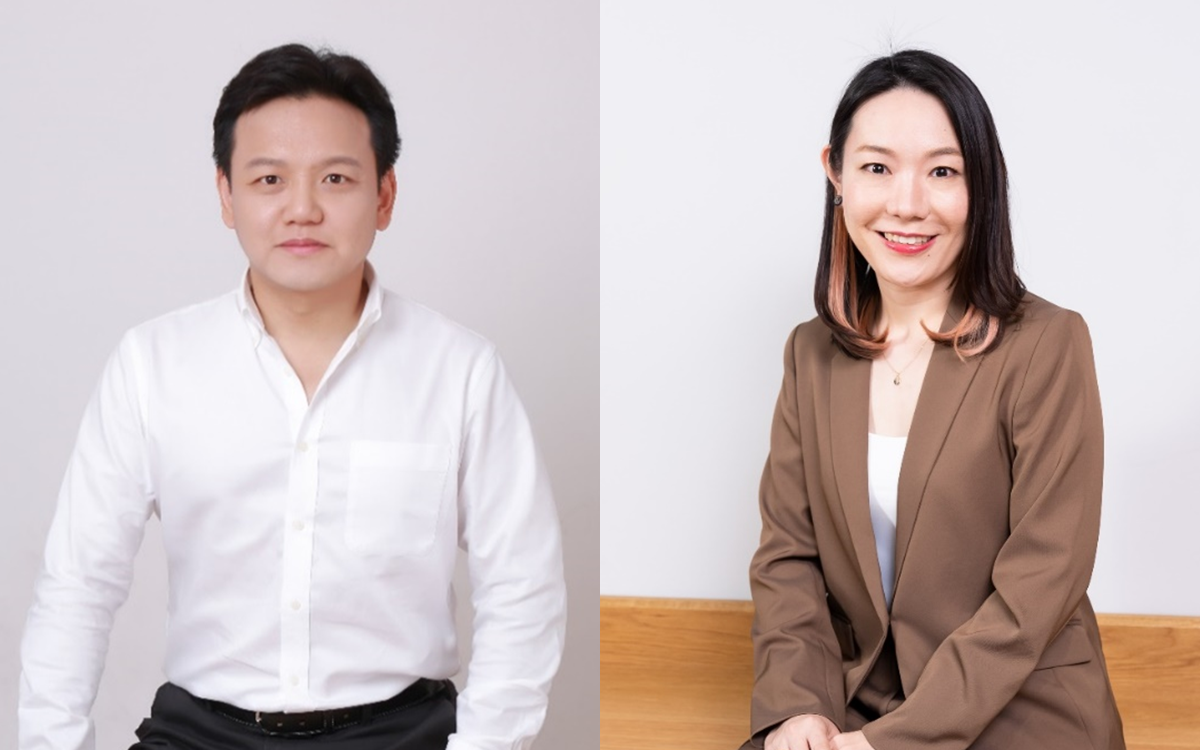
Going global with Sei-katsu-sha Insight
HILL Shanghai was established in 2012 as the Hakuhodo Group’s first overseas thinktank. Following in the footsteps of Hakuhodo Institute of Life and Living (HILL, founded in 1981 in Tokyo), the Shanghai team take knowledge and expertise in sei-katsu-sha research and apply it to the Chinese market.
“Our mission is threefold,” says Zhong. “1) to further disseminate the Hakuhodo Group’s Sei-katsu-sha Insight philosophy to clients and the advertising industry in China; 2) to promote understanding and practice of Sei-katsu-sha Insight among our business partners and local employees; and 3) to draw on Sei-katsu-sha Insight as our strength in contributing to the development of solutions.”
In a similar vein, HILL ASEAN was established in Bangkok, Thailand in 2014 as a thinktank for local sei-katsu-sha research in the region. It shares the same core mission as mentioned above by Zhong. Since becoming the Managing Director in 2018, Ito has also been working with her colleagues to strengthen HILL ASEAN’s human resource network. This includes providing training to facilitate synergy between planning staff in various regions, embodying the spirit of Sei-katsu-sha Insight.
Zhong points out that while the concept of sei-katsu-sha does not exist in Chinese, this unfamiliarity can be used to good advantage as a launching point for imparting the essence of the Sei-katsu-sha Insight philosophy: consumers are individuals with distinct lifestyles. When the concept is explained to them, clients and partners can easily understand and support it, underscoring Zhong’s belief in the unique value that Hakuhodo can bring.
Ito concurs, noting that this core philosophy is so deeply ingrained in Hakuhodo’s culture that sometimes staff members may take it for granted. Working with overseas clients offers a fresh perspective, and a chance to see Hakuhodo’s strengths anew through their eyes.
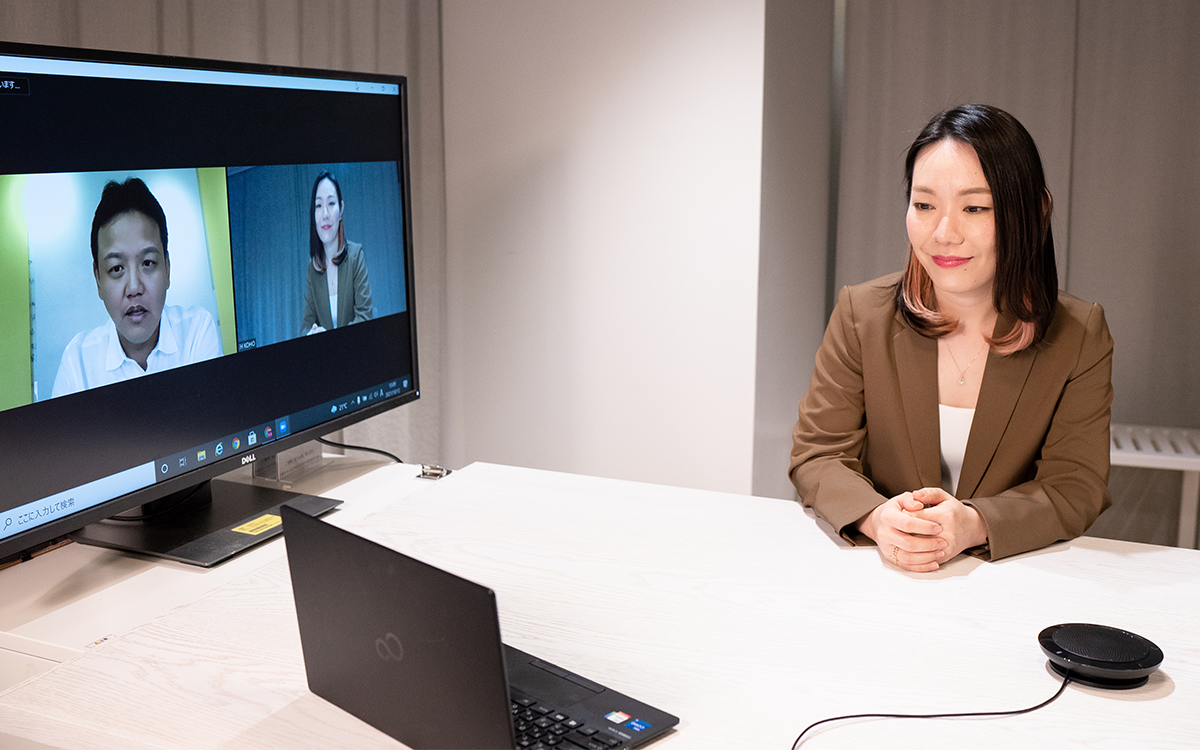
Supporting local clients through sei-katsu-sha research
The activities carried out by the China and ASEAN thinktanks are essentially the same as those at HILL Tokyo, but there are some local variations, too. “In addition to sei-katsu-sha research, we are also required to make a wide range of contributions as part of our activities to support our offices as they work on solutions for clients. These include marketing knowledge accumulation, solution development, employee skill development and support for client business,” says Zhong.
Ito and her colleagues at HILL ASEAN also wear two hats; as researchers and marketing planners who directly work with the clients, they gain a deeper understanding of local marketing trends and issues and then leverage this knowledge when creating client proposals.
As an organization with staff in multiple countries, HILL ASEAN is in a unique position. “Since we have to grasp the trends in each country (Thailand, Indonesia, Malaysia, Singapore, Vietnam and the Philippines), as well as in ASEAN as a whole, we assign planners from six countries to conduct research on a specific theme each year,” explains Ito. “Following research and analysis in each country, we compile all our findings into one report.”
Furthermore, Ito notes that it is also very important to meet the specific needs of clients in each ASEAN country. In line with this, in February 2021 HILL ASEAN began releasing the “Thailand Consumption Forecast”—a bimonthly report based on a survey of 1,200 men and women in six major regions of Thailand—to gain a deeper understanding of Thai sei-katsu-sha.
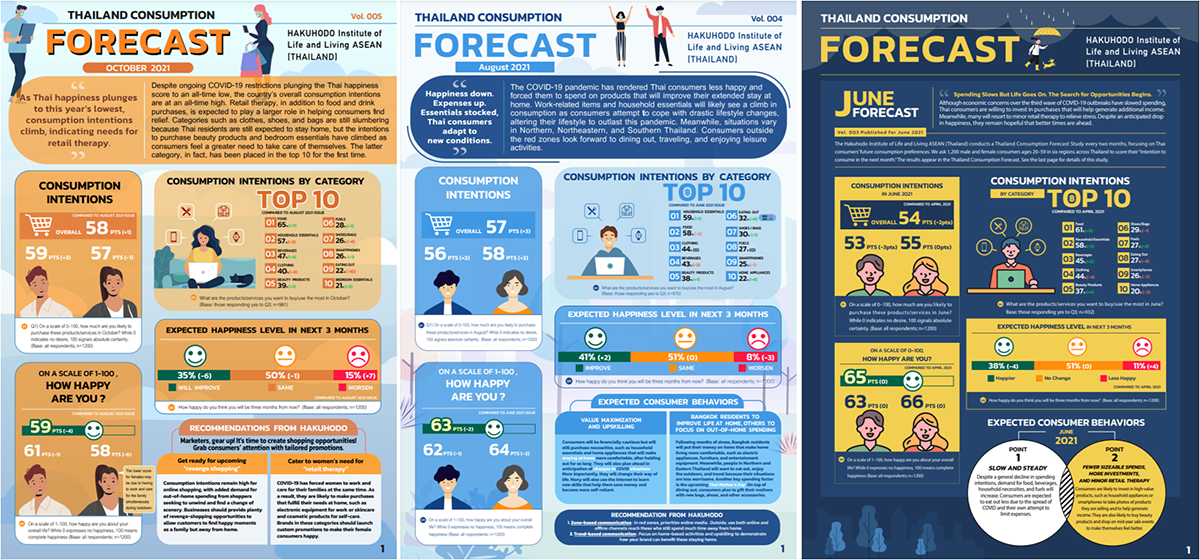
HILL Shanghai is almost the reverse of HILL ASEAN, in the sense that China has many different cultural and economic sectors within a single country. According to Zhong, in the past it was usual to focus on marketing activities aimed at the needs of each of the three main cities of Beijing, Shanghai and Guangzhou. However, he feels that such regional differences have been rapidly disappearing in recent years.
“For example, while inland cities have always been playing catch up with coastal cities, whose economies are growing rapidly, the economic gap between these areas has narrowed in recent years. In addition, the penetration of digital technologies has eliminated the information gap between them. This has led to an increase in cases of consumption trends originating in inland cities, too,” he points out.
In other recent developments, due in part to national policies in response to the Covid-19 pandemic, China’s NEV (New Energy Vehicle) market is growing rapidly, and so HILL Shanghai has been conducting an independent survey to gauge sei-katsu-sha behavior among Chinese NEV users. Moreover, in view of the increasing consumption by Chinese sei-katsu-sha as a percentage of the global luxury market, and that the proportion of younger age groups is higher than the world average, HILL Shanghai has begun conducting surveys of affluent sei-katsu-sha.
Heading towards a cashless society
Since joining HILL Shanghai in 2012, Zhong has witnessed a wide range of changes in the Chinese market, including, of course, the recent problems caused by the ongoing Covid-19 situation. However, Zhong highlights two major trends that have been in place well before the pandemic. “One is the change brought about by further digitalization, such as the high penetration of e-commerce. We used to joke 10 years ago that we would run out of paper money, but now this is actually happening!” he says.
“The other is a change in the global perception of Chinese sei-katsu-sha. With the advent of the Internet, it has become easier to obtain all kinds of information in China. This is especially true for the younger generation (Generation Z)—’digital natives’—and I think it’s fair to say there are no longer any differences between how they perceive international brands and Chinese brands,” Zhong explains.
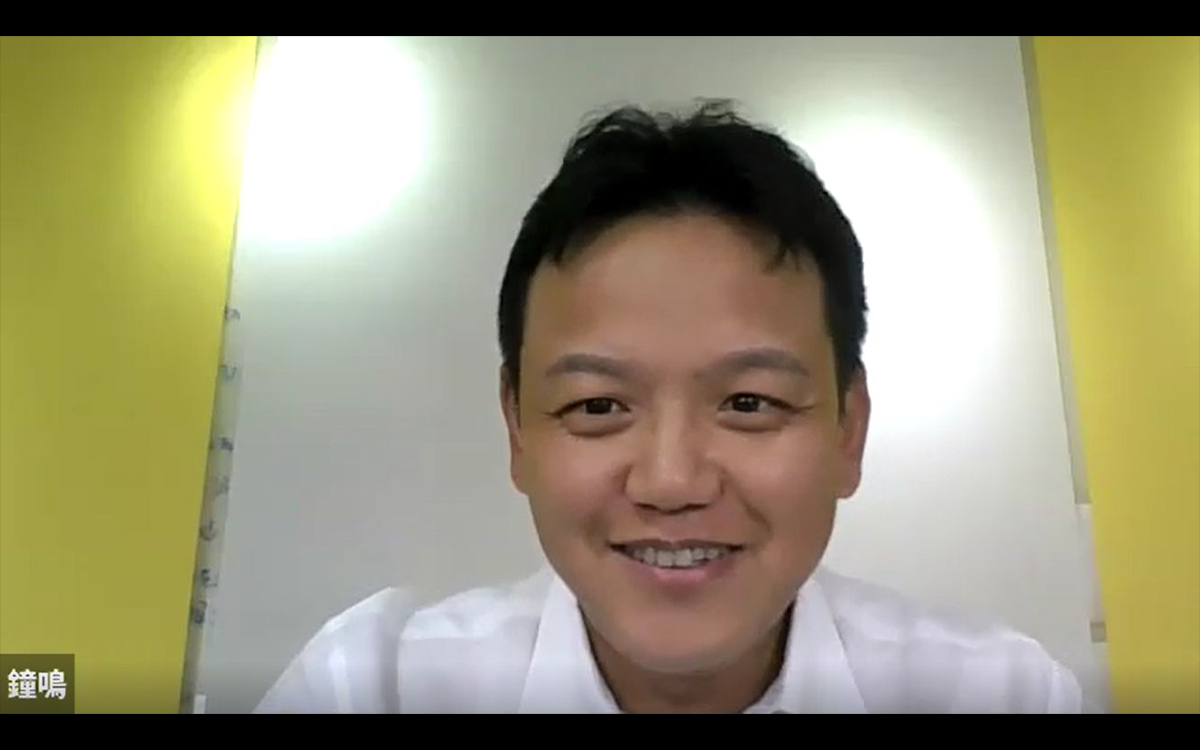
Ito says the impact of the Covid-19 pandemic has had a major effect in the ASEAN region, quashing people’s spirits and the ability to live as they would like. At the same time, however, ASEAN sei-katsu-sha are finding new ways to bring enjoyment into their lives, with experiences such as live commerce that make shopping fun.
As seen in China, Ito points out that ASEAN sei-katsu-sha have also stopped using cash on the whole, and you can even pay at small food stalls via QR code with a smart phone or smart watch. This trend can be seen across all sectors of society. “Due to the pandemic, people are more sensitive about hygiene, and there is a widespread feeling that cash should be avoided because you never know who touched it. Increasing numbers of cafes no longer accept cash, and this has been a big factor in encouraging people to go cashless,” she says.
Stepping up to meet changing needs
Against this background, clients’ expectations have changed dramatically, and Zhong is seeing a growing demand for solutions based on data utilization. “EC has exploded in popularity in China, and is having a tremendous impact on the information and purchasing behavior of sei-katsu-sha,” he says. “Increasingly, clients are looking for synergies between traditional advertising theory and data analysis and programming. I feel that the business domain of advertising companies is gradually shifting to solution proposals centered on online, EC and big data.”
Ito is seeing similar scenarios in ASEAN, where the Internet is serving as the main touchpoint and the widespread usage of social media network is leading to requests for campaigns that can be conducted entirely online. “In addition, while increasing numbers of our clients are interested in collecting data to improve marketing efficiency, they don’t know how to actually do this. Therefore, we are promoting data marketing by making suggestions to our clients about how to collect data and how to utilize it.”
Amidst all the changes, however, Zhong points out that the essence of Hakuhodo’s strength remains constant: Offering solutions to clients based on a deep understanding of sei-katsu-sha.
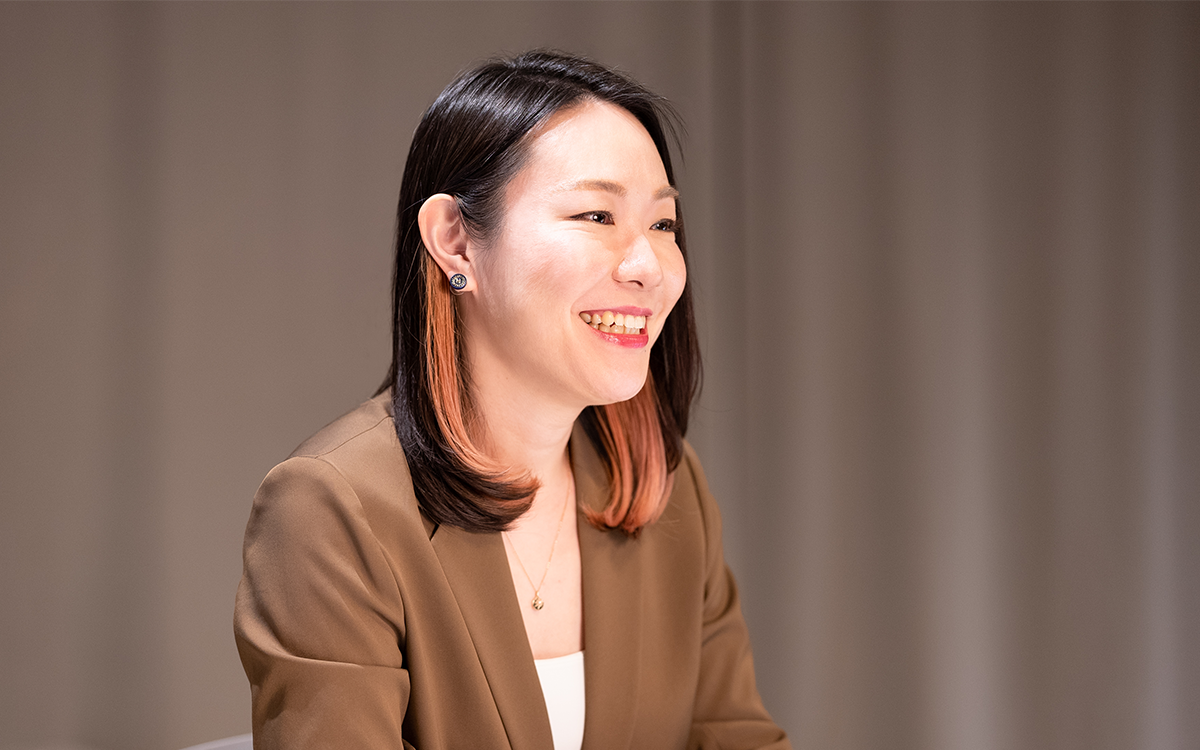
Common themes, shared synergy
HILL ASEAN and HILL Shanghai are actively engaged in conducting research on common themes and making joint presentations, including two major projects in 2021 which focused on young people—ASEAN’s Generation Z and those born after 2000 in China.
Ito notes that another ongoing theme of major importance for ASEAN and Shanghai is how to explain the Sei-katsu-sha Insight philosophy to clients and how to help staff at each local office imbue this philosophy in their work.
Both Zhong and Ito are looking forward to future opportunities for growth and synergy with their colleagues. “I’d like to see HILL Shanghai evolve further on a global scale. In particular, we don’t have a creative department at present, so I want to bring creative development in-house in the future, making our organization more capable of expressing our research content,” says Zhong.
Since HILL ASEAN’s focus is ASEAN-centric sei-katsu-sha research, Ito wants to empower staff in each location with the necessary skills to conduct their own research and disseminate the results for themselves in the future. At the same, she would like to further build on the existing international synergy among the ASEAN countries to incorporate China, Europe, the US and Taiwan, bringing new value to clients.
“We have become accustomed to working remotely as a result of the pandemic, and it’s easier to cooperate on client projects with a team of people from different countries. I’d like to draw on each member’s abilities, offering fresh value propositions through global teamwork,” Ito says in closing.
